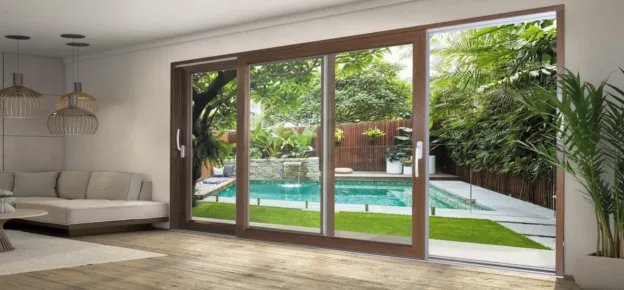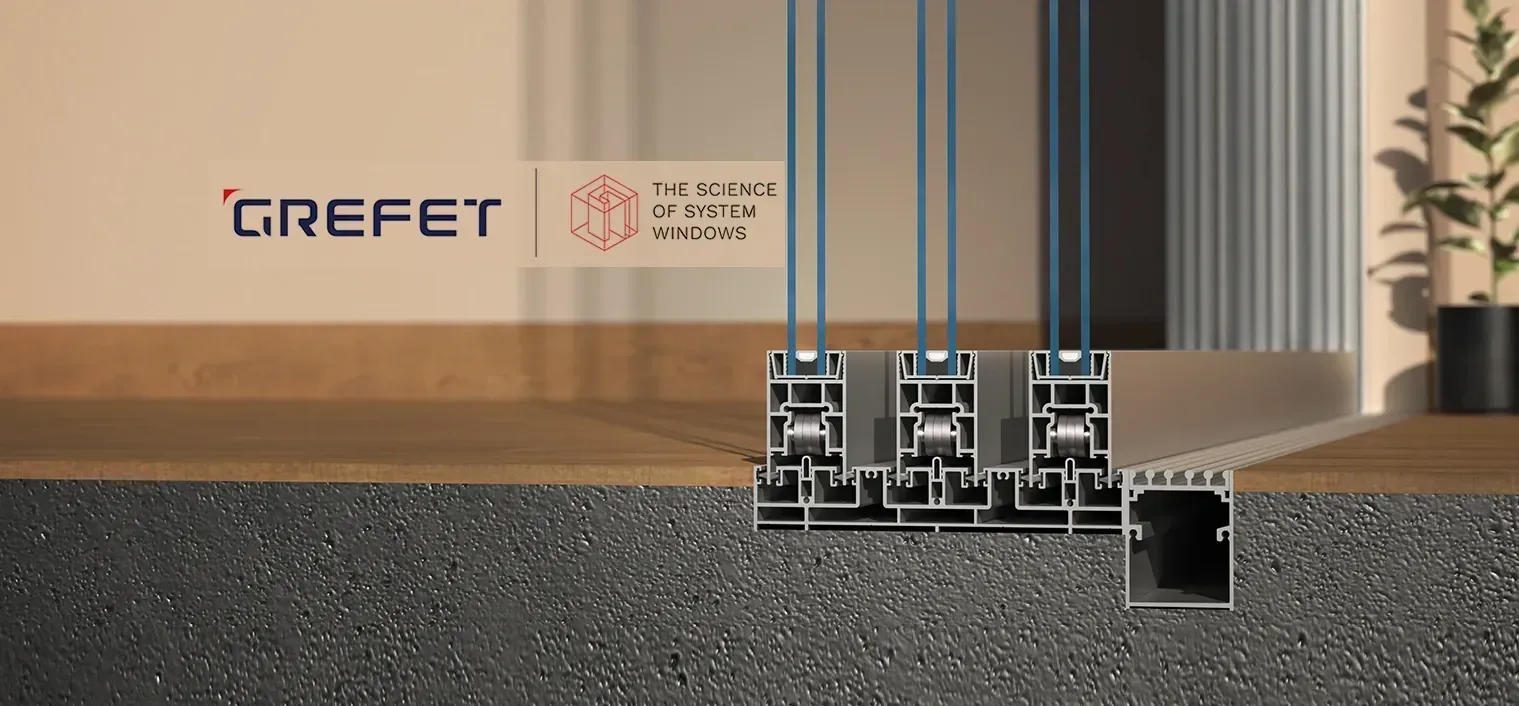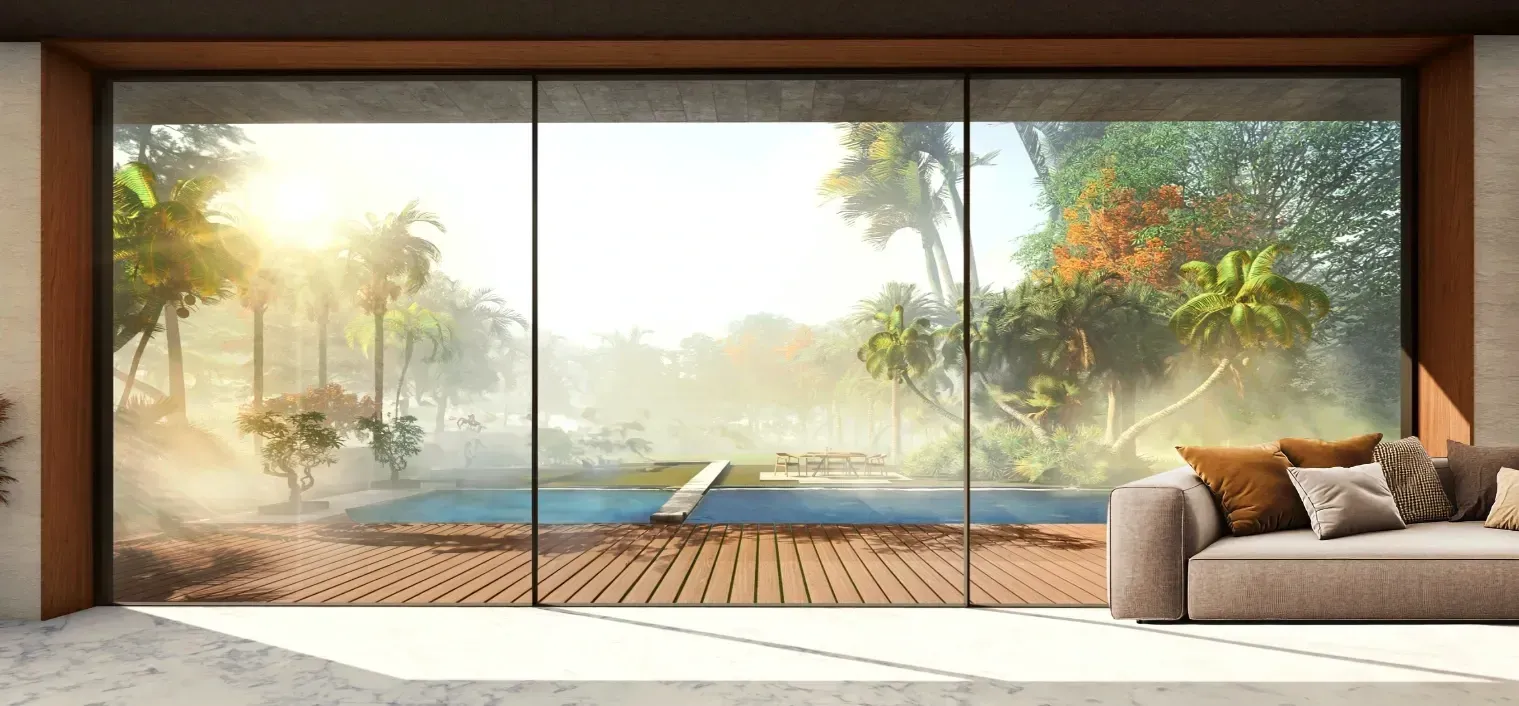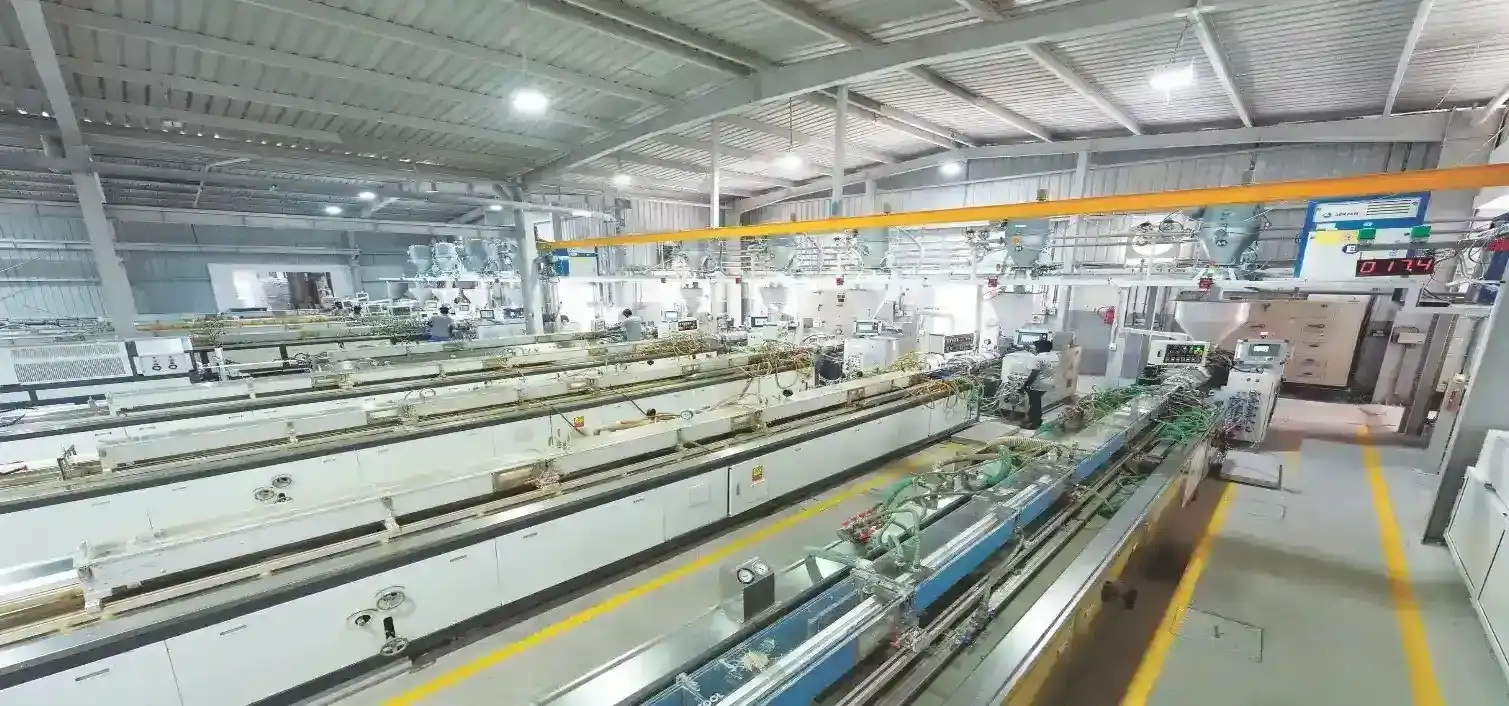Designing Passive Houses to achieve thermal comfort, particularly during the warm season, requires a strategic approach to building design and operation. This article presents key insights and guidance on how to optimize Passive House design to minimise overheating risks, based on various structural parameters and user interventions.

Balancing Glazing Area And Performance With Optimal Window-To-Wall Ratio
The glazing area in your Passive House not only influences indoor thermal comfort but also plays a critical role in balancing natural lighting and aesthetic appeal. Finding the optimal window-to-wall ratio (WWR) is vital for preventing overheating and ensuring energy efficiency.
The Passive House Institute suggests that a WWR above 20% could contribute to overheating problems. Collaboratively, the American Institute of Architects recommends maintaining a maximum WWR between 30% and 40%. Beyond 40%, there’s no significant additional benefit to daylighting, yet it can lead to substantially higher conditioning loads.
As for the south-facing glazing area, while less than 14% (cool temperate climate) eliminates the problem of overheating in summer, it isn’t ideal for optimal daylight utilisation and may increase the specific heat demand slightly. Therefore, for the benefits of natural light, slightly larger windows are recommended.
The quality of the windows also bears importance. Choosing triple glazing with a Low-E coating (double glazing would also be good enough for warm temperate climates like in California) efficiently manages solar gains, maintains excellent interior light quality, and contributes to a comfortable and energy-efficient space. A Passive House with a well-considered glazing strategy achieves an effective balance between comfort, efficiency, and aesthetic appeal.
The Impact Of Orientation
The orientation of your Passive House greatly influences its thermal performance. For best results, aim for a southern orientation within ± 30°, optimising the balance between annual heating demand and potential overheating during summer. Windows facing east or west can contribute to overheating due to exposure to low-angle sunlight, necessitating particular attention to shading solutions for these orientations. During summer, overheating frequencies significantly decrease with a shift towards the north. With a ±45° northern orientation, the incidence of overheating is minimised.
Optimizing Insulation: Roof Vs Floor
One frequently overlooked strategy in mitigating overheating, particularly in warm temperate climates, is the intelligent application of insulation. Maximising insulation on the roof and minimising it on the floor can have a significant impact on a Passive House’s temperature regulation.
The roof of a building is a significant source of solar heat gain due to its exposure to the sun. By increasing the roof insulation, solar heat gain can be effectively reduced, thereby controlling overheating during the hot summer months.
Conversely, the floor of a building is in close contact with the earth, which can provide a natural cooling effect. By reducing the floor insulation, you allow this coolness to permeate the building, further contributing to the mitigation of overheating.
This smart insulation approach ensures that the Passive House takes full advantage of the varying thermal characteristics of its different building elements. The result? An optimized balance between insulation, thermal comfort, and energy efficiency.

Optimising Shading Solutions
Effective shading is an essential strategy for preventing overheating. Horizontal overhangs with a depth between 1.2m and 1.6m can significantly mitigate the risk of overheating. Moreover, exterior blinds outperform interior blinds in terms of thermal performance. Unfortunately, in the US, most buildings employ interior blinds, which, while providing privacy, contribute minimally to mitigating overheating.
Managing Internal Heat Sources
Although internal heat sources like occupants, appliances, and lighting do not significantly impact the annual heating demand, they can contribute to increased indoor temperatures during summer. Therefore, managing these sources is a crucial aspect of Passive House planning.
Leveraging Building Mass For Thermal Comfort
Incorporating a significant building mass in your Passive House design, like a concrete floor, is beneficial for thermal comfort. Building mass can absorb and store coolness from night ventilation and gradually release it during the day, effectively providing natural cooling.
Emphasising User Intervention
An important aspect of maintaining comfortable indoor temperatures is user intervention, particularly in window operation. For instance, when the indoor temperature exceeds 21°C and the external temperature is lower, opening windows can lead to higher air changes and thus lower the indoor temperature. Therefore, it’s beneficial to have at least one operable window in each room that can be securely positioned to allow for ventilation.

Planning For Superior Thermal Comfort With PHPP
The Passive House Planning Package (PHPP) is a powerful tool, available in both metric and imperial units, for designing Passive Houses that deliver superior thermal comfort in summer. PHPP allows you to plan and forecast thermal comfort parameters, including additional summer ventilation, temporary summer shading equipment for each window, and a maximum temperature limit for summertime.
Using PHPP, you can easily design a Passive House that offers excellent thermal comfort during summer, irrespective of the measurement units you prefer to work with. The tool includes simplified algorithms that provide a sufficiently accurate representation of the indoor climate based on structural parameters.
Conclusion
Maintaining a comfortable temperature in Passive Houses during summer is achievable with strategic design, user intervention, and informed planning. Applying these principles will help you maximise comfort and energy efficiency in your Passive House across all seasons














